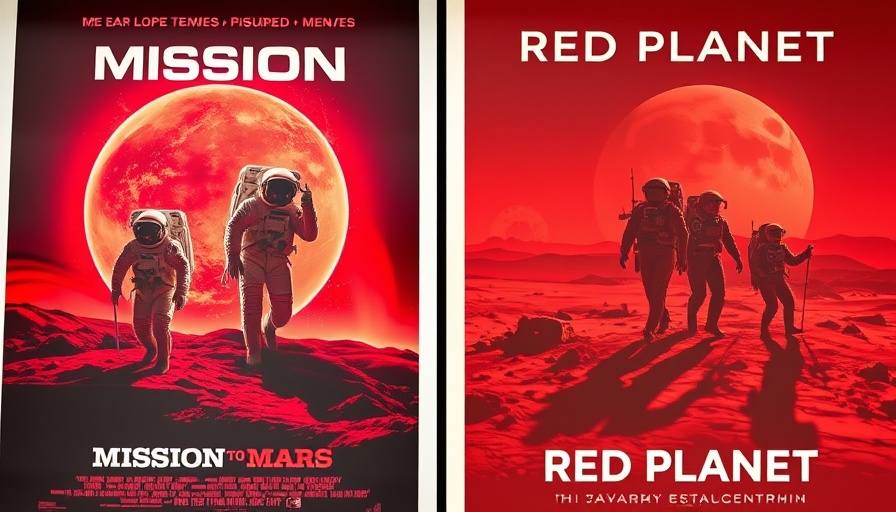
Hollywood's Cosmic Coincidence
In an industry where competition drives creativity, the late 1990s provided a surprising case study with the simultaneous development of 'Mission to Mars' and 'Red Planet'. Both films hit theaters in 2000, roughly eight months apart, and they've since become cult classics in their own right, albeit for the wrong reasons. Learning that two of the most prominent Martian movies from that era were released so closely together raises interesting questions about what it means for creativity and originality in Hollywood.
A Tale of Two Mars Missions
'Mission to Mars', directed by Brian De Palma, unfolds an optimistic narrative where humanity embarks on a mission to uncover Martian secrets. After a disastrous storm wipes out most of the crew, the remaining astronauts discover a chilling truth—ancient Martian life might have fled to Earth. Meanwhile, 'Red Planet', under the direction of Antony Hoffman, takes a darker view, thrusting its crew into survival mode when their terraforming efforts on Mars go awry. As oxygen-producing algae disappear, not only do they grapple with the threat of a malfunctioning robot dog, but they also race against time to find a solution to save a dying Earth.
Contrasting Genres with Similar Goals
The films couldn’t be more different in tone but are startlingly similar in their premise: both revolve around human survival in a hostile environment. 'Mission to Mars' carries a hopeful message that humanity can learn from its past mistakes, while 'Red Planet' depicts desperation and the potential horrors of modern technology gone wrong. This juxtaposition represents two schools of thought on how humanity might interact with technology and extraterrestrial environments—innovation can lead to salvation or calamity.
Star Power on Screen
The cast of 'Mission to Mars' is a particularly strong draw. Featuring recognizable names like Gary Sinise and Tim Robbins, the film attempts to balance dramatic storytelling with big-budget thrills. On the flip side, 'Red Planet' brings a solid ensemble to the table but lacks the star power and emotional beats that make its counterpart somewhat more engaging. Notable mentions include Val Kilmer, whose contributions were overshadowed by the film's overall narrative weaknesses.
The Audience Reflects
Revisiting these films allows fans to reflect not just on their cinematic experience, but also on the significant themes they represent. Notably, both films grapple with humankind's future and ethical considerations of exploration—questions especially relevant in today's discourse around space exploration, innovation in technology, and the environmental concerns that continue to loom over our planet.
Embracing Space Innovation
As we celebrate the 25th anniversary of these films, it’s worth discussing the lessons learned from their narratives. Space exploration presents both opportunities and risks, mirroring the plots we've explored in these movies. Learning from fictional challenges can offer profound insights when considering the real-world implications of our technological advancements.
So, after a comprehensive examination, the answer to whether one film is superior to the other remains—neither. Both add to the intriguing tapestry of the cinematic history of space exploration, providing avenues for constructive discussion among fans of the genre. As they each navigate through the complexities of technology and survival, we are invited to ponder: what do these narratives say about our own journey into the cosmos?
 Add Row
Add Row  Add
Add 




Write A Comment